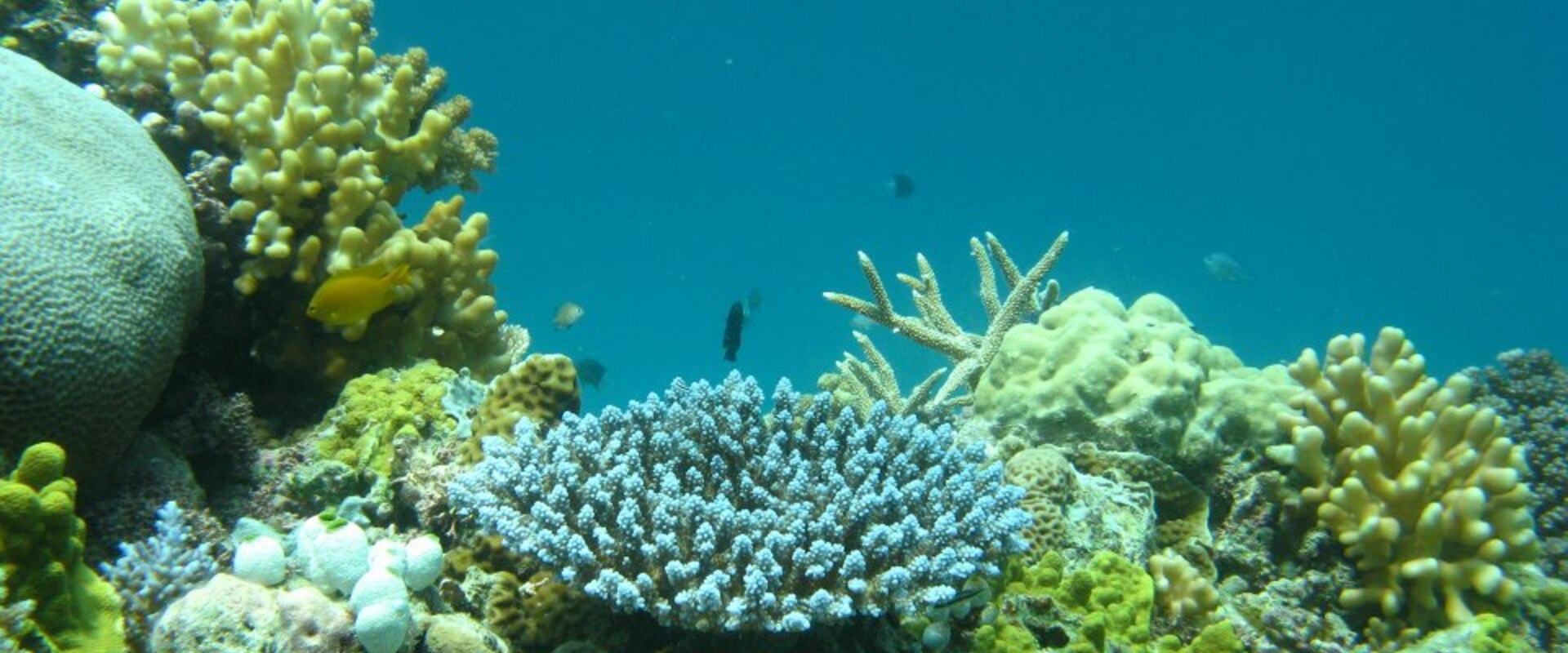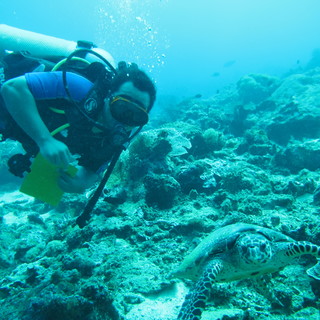
Pacific Coral Reef Action Plan 2020-2030
The ‘Draft Pacific Coral Reef Action Plan 2020-2030' provides guidance for SPREP, SPREP members, coral reef manages and community members for a joint coordinated effort towards protecting coral reefs
Customer: The Secretariat of the Pacific Regional Environment Programme
An action plan for cohesive decision-making for the betterment of coral reefs was needed for the Pacific region so that Pacific Island leaders, coral reef managers and community members could make a joint coordinated effort to protect these ecosystems. The Pacific Coral Reef Action Plan intended to focus regional efforts to address the primary reef aims identified for the 2020-2030 period.
These primary aims included the following coral reef conservation themes:
The assessment of current status and key risks to coral reefs as well as the existing initiatives and commitments were used to develop eight overarching actions that form the Pacific Coral Reef Actions 2020-3030. Actions are accompanied by outcome-based indicators that can be used for short- to long-term evaluation. These included:

Coral data collection in this project is using the line transect method used to describe the structure of coral communities by looking at live coral cover, dead coral, substrate forms (sand, mud), algae and the presence of other biota.

The Surface Water Management Plans (SWMPs) outline an assessment of surface water flood risk, recognising the flood mechanisms and economic impact to residential and commercial properties across the catchments of Clacton on Sea and Sawbridgeworth.

In association with Buckley Vann town planners and the Department of Civil Engineering at the University of Queensland (UQ), we undertook a climate change vulnerability and adaptation planning study for the remote centre of Choiseul Bay, at the northern tip of the Solomon Islands.

BMT was engaged by the Queensland Government to produce an Environmental Management Plan (EMP) for the Kaili Valley Wetlands to guide future industrial development within the APSDA and maintain the values of these nationally significant wetlands in a coordinated way.